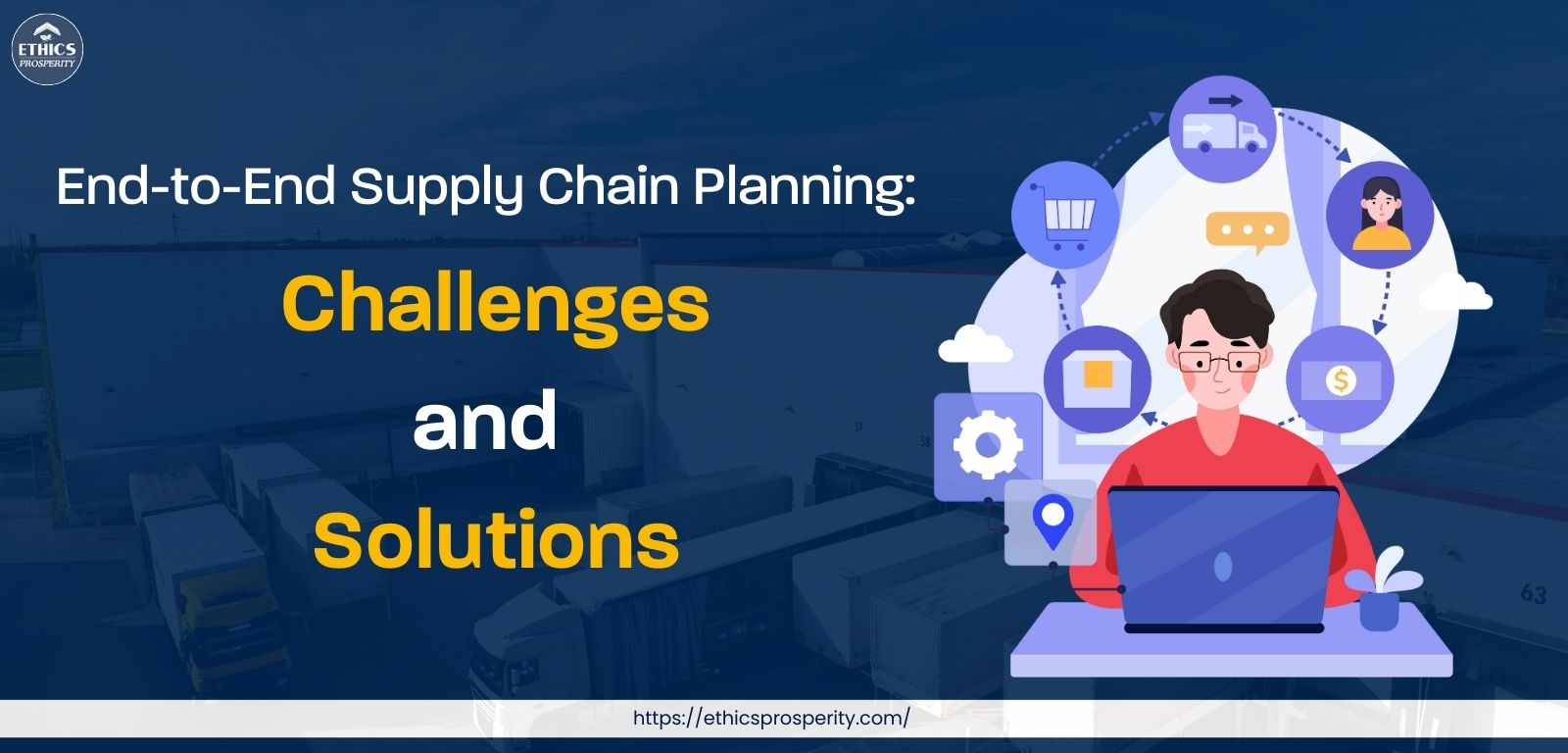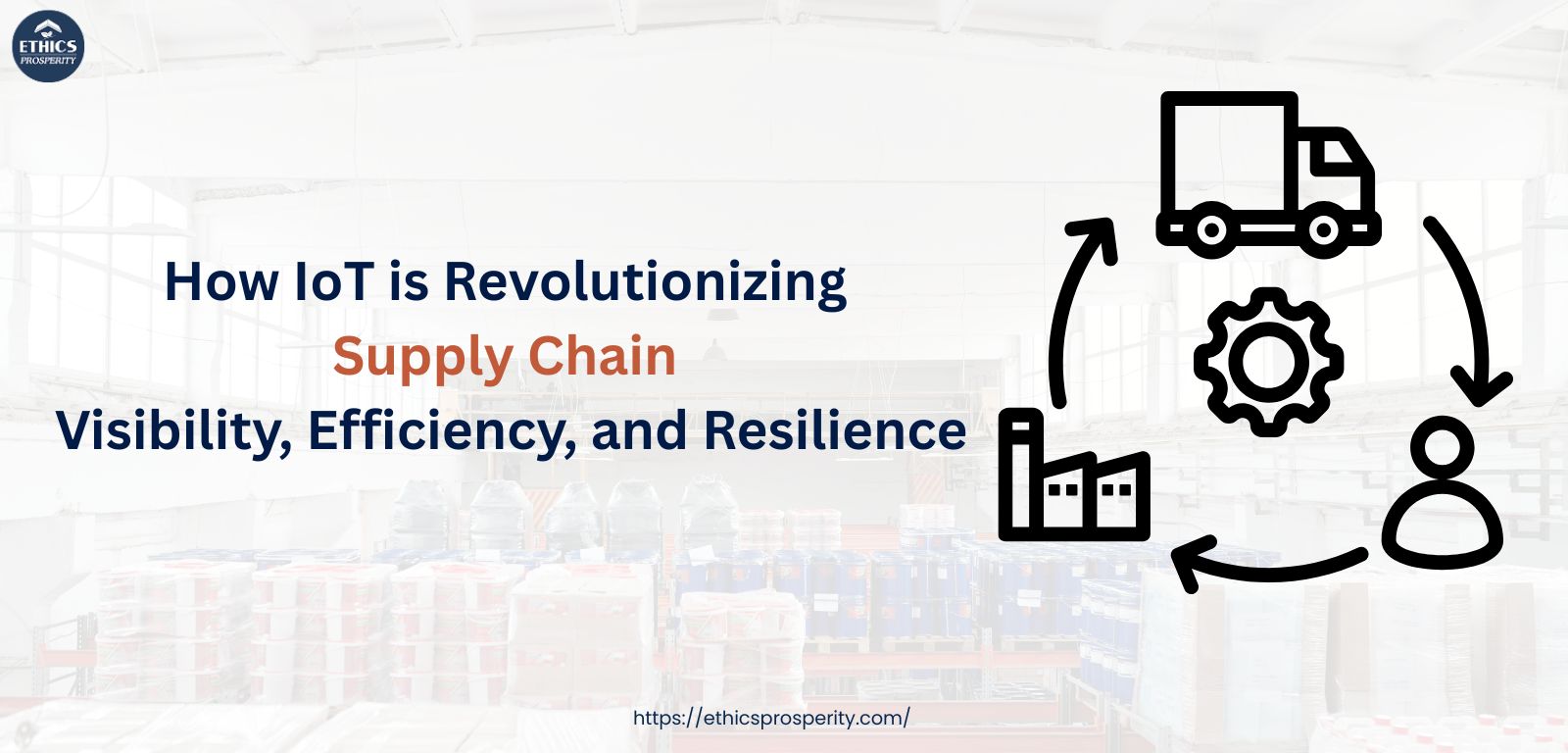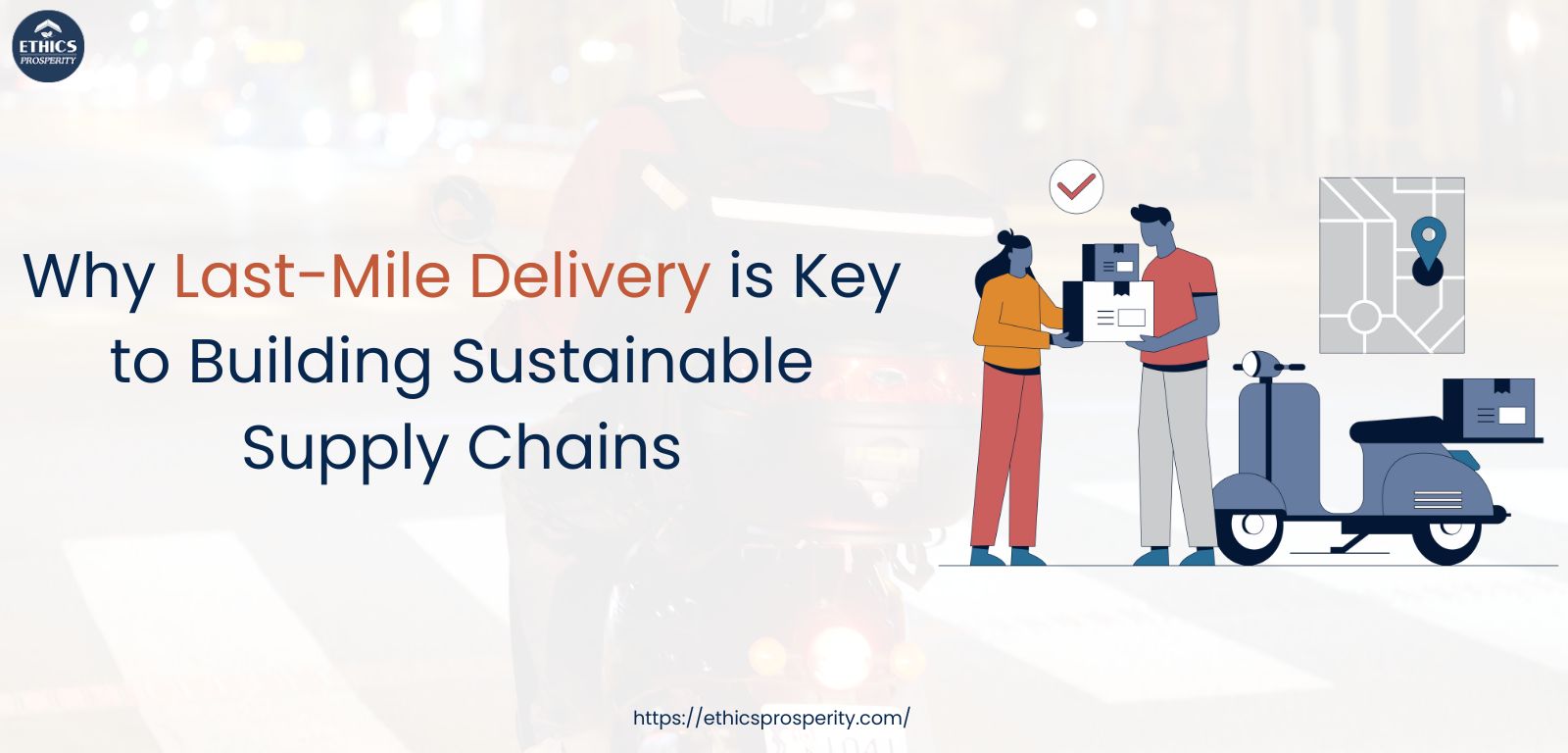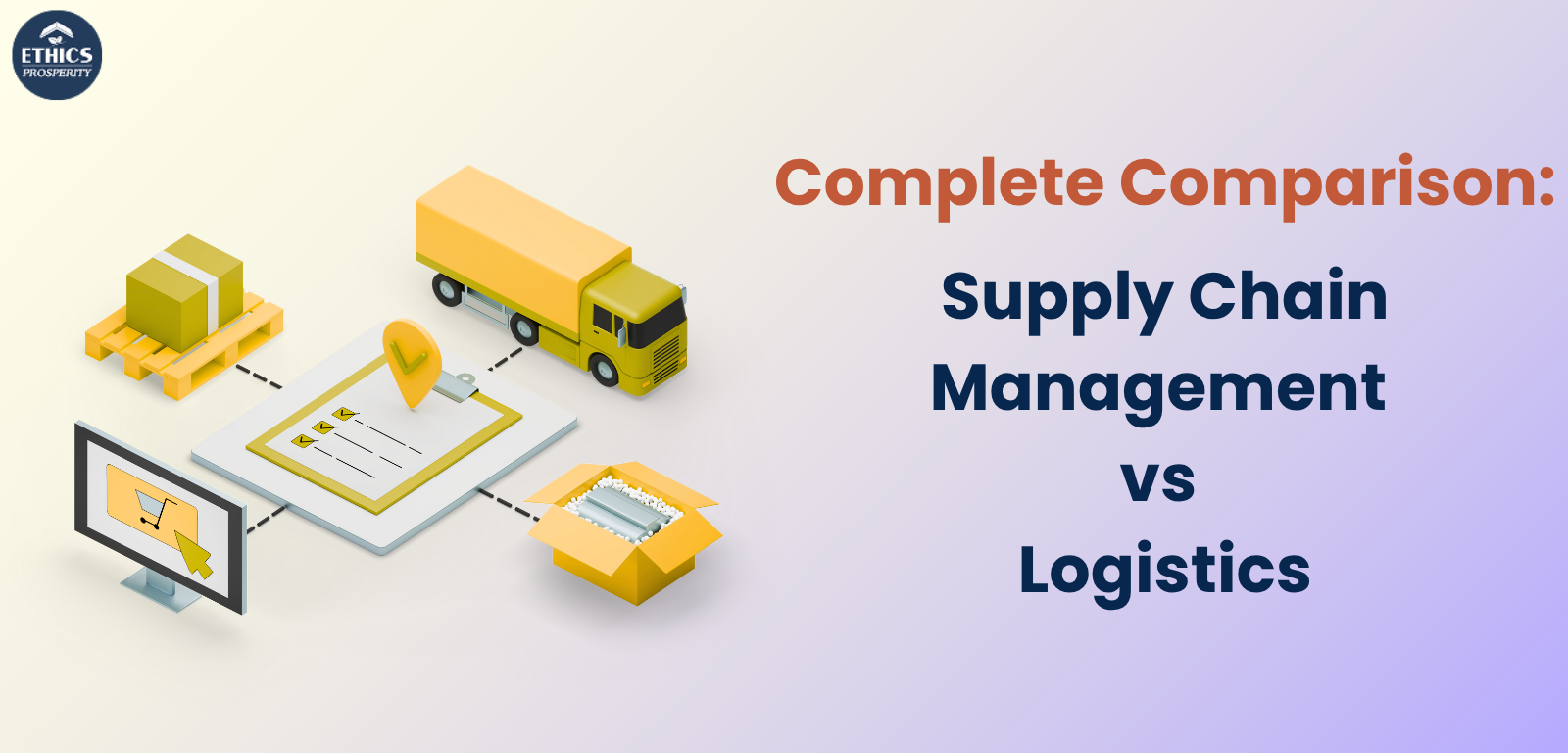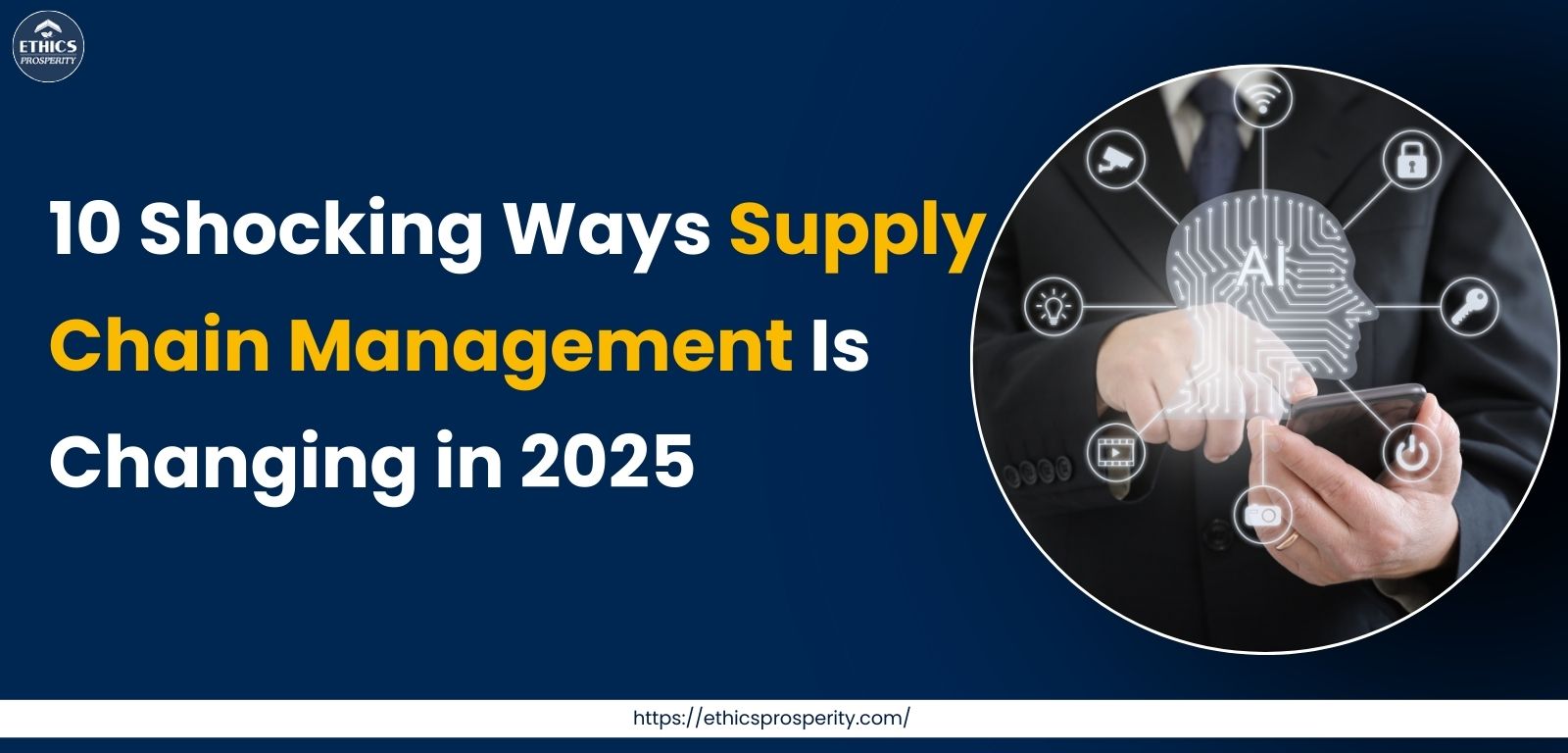End-to-end supply chain planning offers immense value, but many businesses face significant challenges when attempting to implement or optimize it. Common problems include data silos, lack of real-time visibility, inaccurate demand forecasting, poor cross-functional coordination, and inflexible systems that can’t adapt to sudden market changes.
The good news? These challenges can be addressed with the right strategies and tools. Implementing integrated digital platforms, enhancing collaboration across departments, using AI/ML for predictive analytics, and adopting agile planning models are some of the key solutions. Organizations that embrace these approaches can unlock better efficiency, reduce costs, and improve customer service throughout the entire supply chain.
What Is End-to-End Supply Chain Planning?
An end-to-end (E2E) supply chain integrates a business’s supply chain functions into one continuous workflow, from procurement of raw materials through delivery of finished goods to customers. Unlike traditional siloed supply chains, which consist of disconnected operations, an End-to-End (E2E) supply chain emphasizes integration and connectivity across all functions. Rather than focusing solely on individual processes, the E2E model considers how each element interacts within the broader system—creating a unified, holistic approach. With full visibility into the entire supply chain, businesses can uncover opportunities for optimization, resulting in streamlined operations, lower costs, reduced waste, and improved customer satisfaction.
The Importance of an Integrated Supply Chain
An integrated supply chain is crucial for businesses because it streamlines processes, enhances visibility, reduces costs, and improves customer satisfaction. By connecting various stages of the supply chain, from procurement to distribution, businesses can achieve greater efficiency, agility, and responsiveness to market demands.
Here's a more detailed look at the importance of an integrated supply chain:
1. Enhanced Visibility and Transparency:
Integration provides real-time visibility into inventory levels, production schedules, and delivery timelines across the entire supply chain.
This transparency enables businesses to quickly identify and address potential disruptions, bottlenecks, and inefficiencies.
It also fosters better communication and collaboration among all stakeholders, leading to more informed decision-making.
2. Reduced Costs:
An integrated supply chain lowers operational costs by streamlining processes and removing inefficiencies.
Efficient inventory management and optimized logistics help reduce warehousing and transportation expenses by minimizing excess stock and improving flow.
Cost savings are further enhanced through reduced waste and better utilization of resources across the supply chain.
3. Improved Customer Satisfaction:
Integration enables quicker order fulfillment and more dependable delivery times, which in turn enhance customer satisfaction.
Increased transparency and visibility also allow businesses to better manage customer expectations and proactively address any issues.
A responsive and efficient supply chain can help businesses build stronger customer relationships and gain a competitive edge.
4. Increased Agility and Responsiveness:
An integrated supply chain enables businesses to quickly adapt to changing market conditions and customer demands.
It allows for faster product launches, quicker responses to supply disruptions, and the ability to capitalize on new opportunities.
In today’s fast-moving and ever-changing business landscape, such agility has become a critical necessity.
5. Better Decision Making:
Valuable data and insights produced by integrated systems empower businesses to make smarter, more informed decisions.
By analyzing this data, businesses can identify areas for improvement, optimize resource allocation, and develop more effective strategies.
Data-driven decision-making leads to better performance and improved overall business outcomes.
In essence, an integrated supply chain is no longer a luxury but a necessity for businesses looking to thrive in today's competitive landscape. By embracing integration, companies can unlock significant benefits, improve their bottom line, and deliver superior value to their customers
Common Challenges in End-to-End Supply Chain Planning
Data Silos and Lack of Integration
Different departments or partners often use disconnected systems, leading to fragmented information and poor coordination.Inaccurate Demand Forecasting
Without accurate forecasts, businesses face overstocking or stockouts — both of which impact profitability and customer satisfaction.Limited Real-Time Visibility
Many supply chains lack live data tracking, making it difficult to respond quickly to disruptions or changing demand.Poor Collaboration Across Stakeholders
Misalignment between suppliers, manufacturers, and logistics partners can lead to delays, inefficiencies, and missed opportunities.Rigid Systems and Processes
Legacy systems may lack the flexibility to adapt to evolving customer expectations or market dynamics.Inventory Management Challenges
Balancing inventory levels across multiple nodes in the supply chain becomes complex without centralized planning.Supply Chain Disruptions
External factors like geopolitical events, natural disasters, or pandemics expose weaknesses in supply chain continuity.Lack of Skilled Workforce
A shortage of professionals trained in advanced analytics and digital supply chain tools limits effective planning and execution.
Effective Solutions for Supply Chain Planning Issues
Over the last few decades, supply chain planning has evolved from being a support function to becoming a core driver of business competitiveness. However, persistent challenges such as demand volatility, inventory mismanagement, siloed operations, and lack of end-to-end visibility continue to disrupt planning efficiency. To overcome these barriers, companies today need to adopt smarter, integrated, and technology-driven solutions that not only optimize operations but also future-proof the business.
1. Leveraging Advanced Forecasting Tools
2. Enhancing Visibility Through Real-Time Tracking
3. Driving Collaboration Across Functions
4. Building Agility and Risk-Readiness
5. Fostering a Data-Driven Culture
Benefits of End-to-End Supply Chain Planning
Improved Forecast Accuracy
By integrating demand, supply, and production planning, businesses can predict customer needs more precisely and reduce stock imbalances.Enhanced Visibility and Transparency
End-to-end planning provides real-time insights across procurement, manufacturing, logistics, and distribution, enabling proactive decision-making.Cost Optimization
Companies can minimize operational costs by reducing wastage, lowering inventory carrying costs, and optimizing transportation routes.Agility and Resilience
A connected supply chain helps businesses quickly adapt to market disruptions, demand fluctuations, and supplier constraints.Better Collaboration Across Stakeholders
It aligns suppliers, manufacturers, distributors, and retailers on a single plan, fostering stronger partnerships and seamless communication.Sustainability and Compliance
With holistic planning, companies can monitor carbon footprints, optimize resource usage, and ensure regulatory compliance.Customer-Centric Advantage
By aligning operations with customer demand, businesses can ensure on-time deliveries, improved service levels, and stronger customer loyalty.
Tools and Technologies to Support Planning
Modern supply chain planning relies on advanced digital tools to drive accuracy, speed, and agility. Key technologies include AI-driven demand forecasting, cloud-based ERP systems, real-time inventory tracking, and advanced analytics dashboards. Integrated platforms like supply chain control towers and digital twins provide end-to-end visibility and simulation capabilities, enabling businesses to make proactive, data-backed decisions and quickly adapt to disruptions.
Conclusion
Effective supply chain planning is no longer a competitive advantage; it's a business necessity. By addressing key challenges with the right strategies and technologies, companies can streamline operations, reduce costs, and build resilient, customer-focused supply chains. Embracing end-to-end visibility, digital integration, and agile planning ensures your business stays ahead in an increasingly dynamic and demand-driven market.
